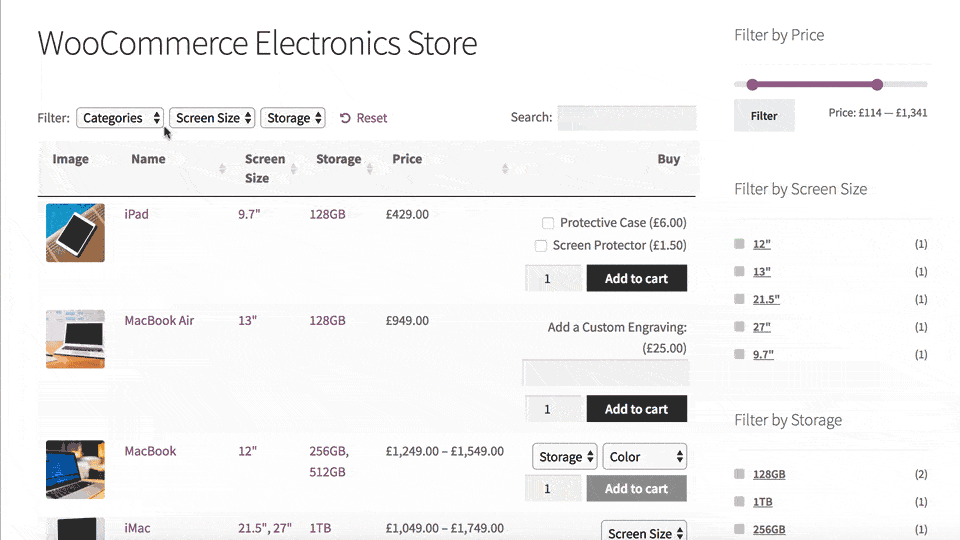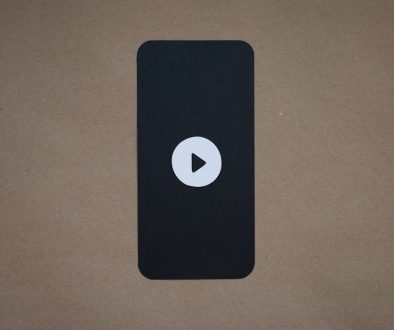Career Conditional vs Career: Understanding the Differences in Employment Status
Starting a job with the federal government is exciting. But once you’re in, there’s one thing that can be confusing — your employment status. You may have heard the terms Career Conditional and Career. They sound pretty similar, right? But they’re not quite the same. Let’s break it down and see what each one means in plain English.
What Is Career Conditional?
When you first get hired for a permanent federal job, congratulations! 🎉 Your journey usually starts here — Career Conditional status.
Think of it as a “trial” or “starter” career appointment. You’ve got the job, but you’re not fully locked in just yet.
- You’re in a permanent position.
- But you’re in a probationary phase.
- This status typically lasts up to 3 years.
During this time, the government is basically saying, “Let’s see how things go.”
Can you do the job? Do you show up on time? Are you a team player? If all goes well, then something magical happens: you become a Career employee.

So What Does Career Status Mean?
Career status is the next level. You’ve made it through the “conditional” period, and now you’re a full-fledged federal employee.
- You’ve worked 3 years of continuous service (usually).
- You’ve completed any required probationary period.
- You now have more job protections and opportunities.
This is where things get good.
Why? Because Career status comes with perks.
Benefits of Career Status
- Promotion opportunities: Better chances for internal movement and higher positions.
- Job security: It’s harder to remove a Career employee without cause.
- Transfer flexibility: You can move between agencies more easily.
- Veterans’ preference levels off: At this point, everyone competes based on merit.
So, Career Conditional is your gateway. And Career is the destination.
Why Do They Even Have Two Statuses?
Good question!
The government wants to make sure you’re a good long-term fit before fully investing. Think of Career Conditional as a “pre-membership” in a club. The 3-year period allows you to prove yourself.
It gives agencies a buffer. They’ve hired you for the long haul, but if it’s clearly not working out, they have more flexibility in the early years.
Once you’re Career, you’ve earned your spot at the table.

How Do You Move from Career Conditional to Career?
It’s pretty automatic — as long as you stay in good standing and work for three years without significant breaks in service.
Let’s break it down:
- Step 1: Get a permanent federal job (not seasonal or temporary).
- Step 2: Work continuously for 3 years. (Leave without pay is okay, within limits.)
- Step 3: Stay out of trouble! No major disciplinary issues.
If you do all that, presto! You’re upgraded to Career status — no paperwork needed.
What If You Leave the Government Before 3 Years?
Not all is lost.
If you leave before reaching Career status, you are still considered Career Conditional. If you come back to federal service later on, your clock might continue from where it left off — as long as you return within 3 years.
That’s called reinstatement eligibility. It helps give you a second chance if life takes you in a different direction for a while.
How Do These Statuses Affect You?
Here’s where it gets important.
Competitive Hiring
When applying for new positions, some jobs are only open to current Career employees. Others might include Career Conditional employees too. Read the job posting carefully. It’ll say exactly who can apply.
Reduction In Force (RIF)
If the government tightens the budget and needs to cut jobs, your status could impact your chances of staying.
- Career employees have stronger standing in RIF events.
- They’re more likely to be retained or reassigned than Career Conditional folks.
Promotions and Transfers
Imagine wanting to switch agencies or climb the career ladder. Career status usually makes this much easier.
Job Protections
Career employees can’t be let go as easily. You have more appeal rights and protections.
Do Supervisors Treat Them Differently?
Not always — but sometimes, yes.
Some managers keep a closer eye on Career Conditional employees. Remember, it’s still kind of a “test” period.
But if you perform well, there shouldn’t be a difference in how you’re treated on the job day to day.
Can You Lose Your Career Status?
It’s rare, but it can happen if you’re demoted or if there’s a break in service and you don’t come back in time to keep your perk.
Also, if you leave and then return on a temporary appointment, you don’t automatically get Career status again. Your reappointment has to meet the eligibility criteria.
The Key Differences in a Nutshell:
| Status | Length of Service | Protections/Benefits |
|---|---|---|
| Career Conditional | Less than 3 years | Limited protections, building toward Career |
| Career | 3 or more years | Full protections, more opportunities |
Final Thoughts
If you’re just beginning your federal career, don’t stress. Everyone starts somewhere, and Career Conditional is a solid place to be.
Work hard, stay consistent, and keep learning. Before you know it, you’ll cross that invisible bridge and walk confidently into full Career status. 🏁
It’s not just a label — it’s a badge of progress.
So embrace your status, whichever one it is. Use it as fuel to grow and move forward. The federal workforce is full of opportunities. Whether you’re just starting or you’re already established, your status helps shape your journey.
Keep moving forward — one step at a time!
- What Happens When You Use VPN + YouTube in 2025 — Common Complaints, Buffering Problems & Proxy‑related Glitches - December 4, 2025
- What to Do When Streaming Service Gives Error P‑DEV318 or Similar — Common Causes, Quick Fixes & User Stories (2025) - December 4, 2025
- Hulu / Streaming Service Error Codes Decoded — Why P‑DEV318 (and Others) Keep Popping Up and How to Stop Them - December 3, 2025
Where Should We Send
Your WordPress Deals & Discounts?
Subscribe to Our Newsletter and Get Your First Deal Delivered Instant to Your Email Inbox.



